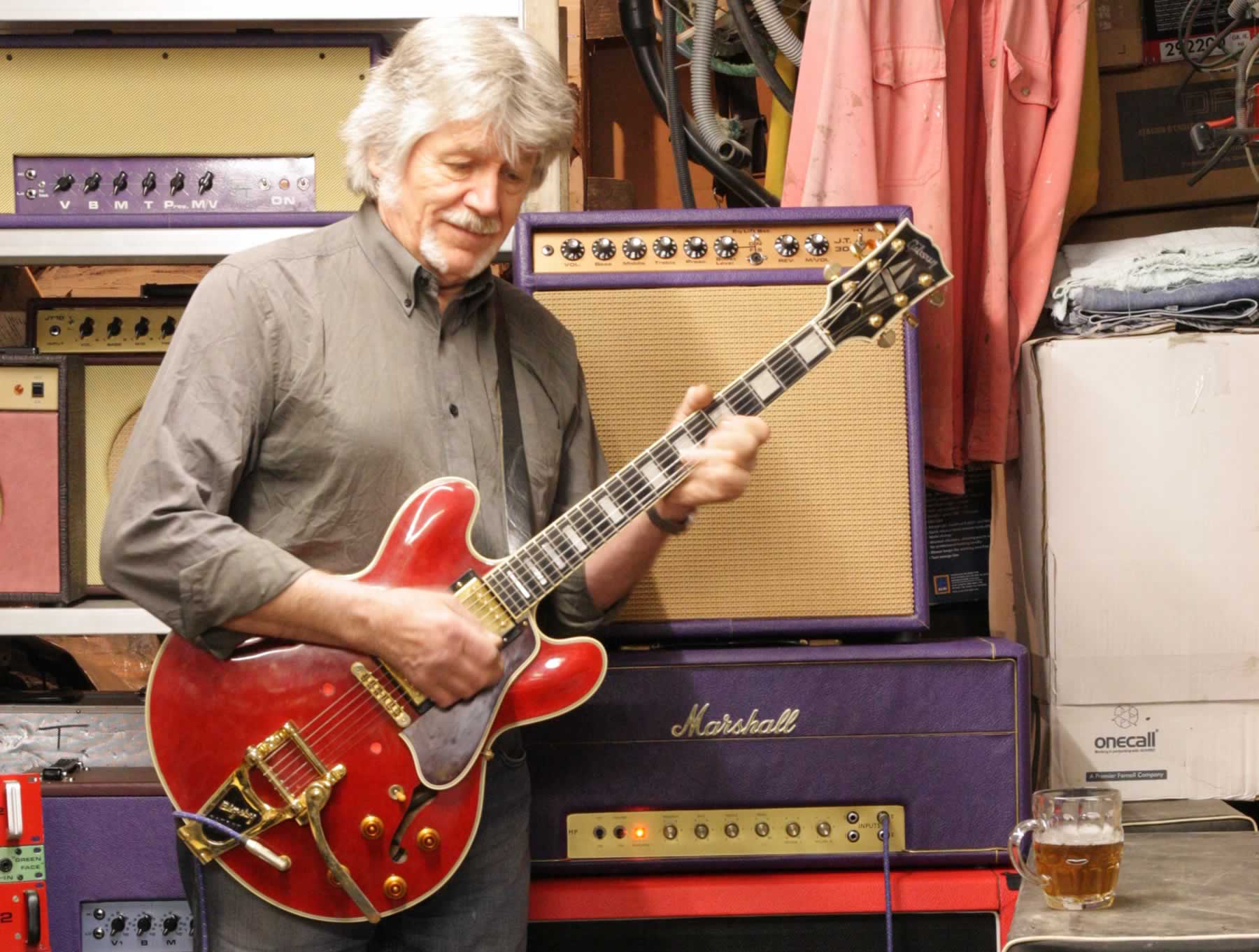Service /Repairs Engineers nightmares .
Recently I had a requirement of a solid state mono amp. that would give me 500w to possibly 700watts for a private project of mine , after talking to a couple of friends , I was landed with 3 old blown customers cast -offs , from which I might just get a single channel working . It was a case of dream on boy , dogs chance or no chance . The amps were of European design made in China using Double sided " Lead-Thro." Printed Circuit Boards with the added bonus of SMD ( Surface Mount Devices ) technology sitting alongside heavy current output transistors which I've found to be a recipe for disaster . As if it is'nt bad enough to find 15 out of 16 o/p transistors blown , one has the anguish of trying to cleanly remove charred/burnt components from the dreaded " lead-thro" holes on the PCB. Seems to me these amps are not meant to be repaired just replaced which is the unfortunate saga of todays modern world ( just think of computors ) . These amps are designed to be cost effective , one of them had all 16 output devices in good condition , ie , not blown according to the meter measurements taken , therefore one would assume that the fault(s) lay in the SMD side of things which did appear blemish free , normally engineers like to see evidence of a "blow-out" , ie , components slightly burnt etc AND hopefully one side of the amp still working for reference of component values , then repairs are relatively easy leading to success . On the occasion of trying to get these 3 going , no luck at all . I was given a fourth amp by another friend which we knew was much more likely to be a runner . This amp had the very same technology but only a mild condition of breaking down when pushed very hard and showed no signs of over-heated/ burnt components . It is indeed a rarity for me to actually fix SMD problems ( only about a dozen times have I managed to do this ) But I did on this occasion , I set about doing it the long and hard way , checking (with no power on) with an ohmmeter firstly I did the SMD diodes (as they always show up positively when checked in situ) I got to ok'ing 15 and the 16th diode measured oddly , duly replaced with a 1N4148 , having ascertained that the rest were ok , re-assembly took place , power applied and "Voila" both ch's performed well even when pushed hard into 4 ohms per ch. Fourth amp lucky , will have to see my friend ok funds-wise. Not to labour a point but 25 plus years ago all amps were repairable this problem did'nt exist , that's so called progress , designed by well meaning engineers BUT built by the accountants . Bye for now.
- Hits: 5604

